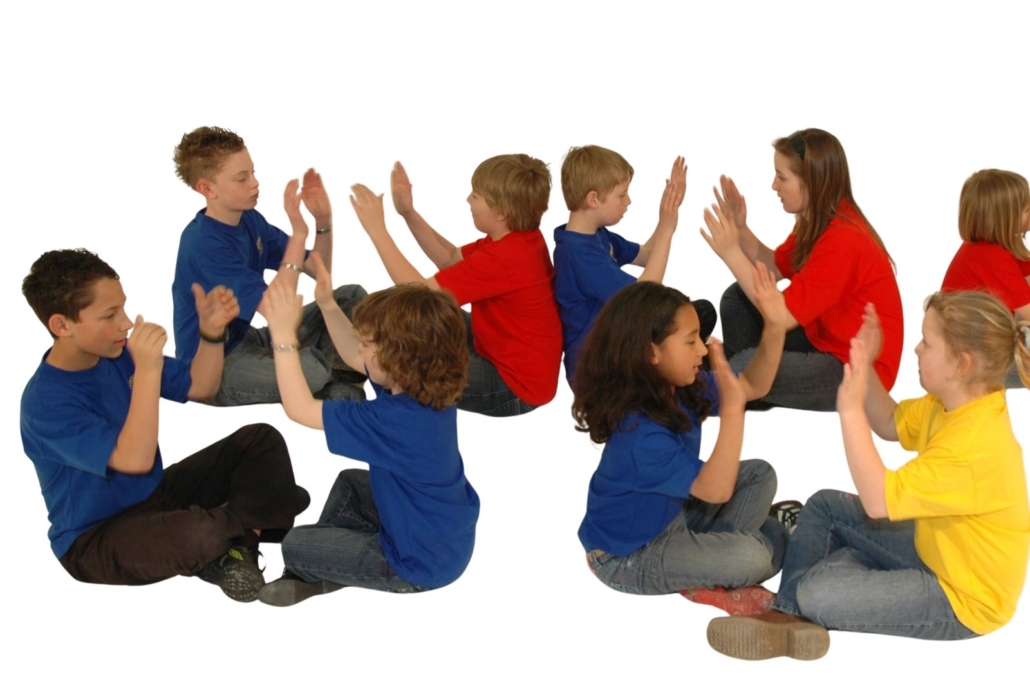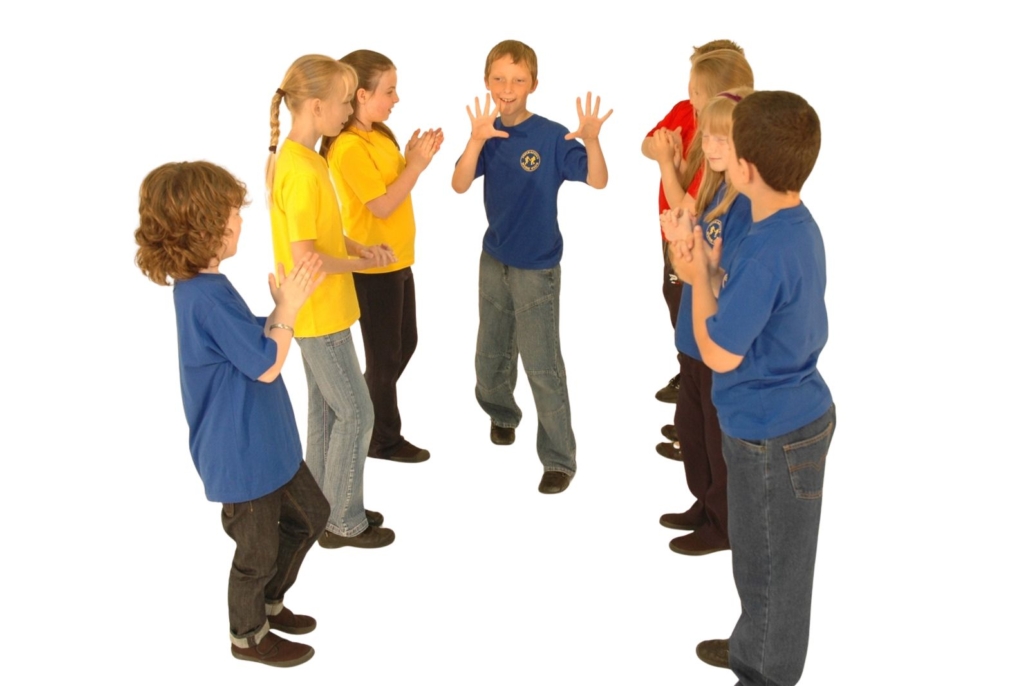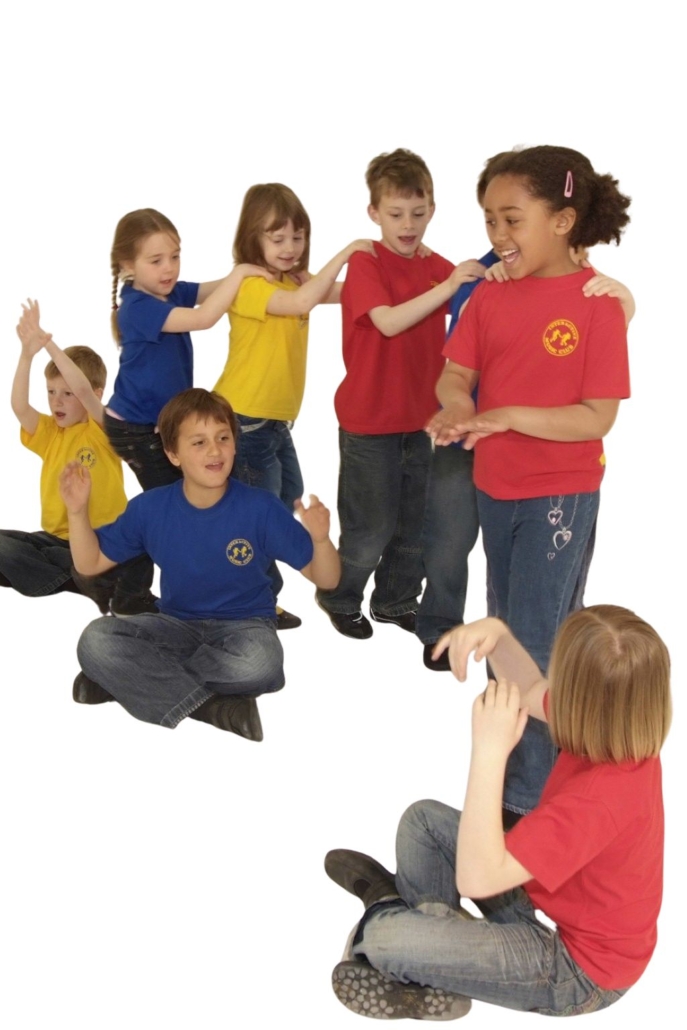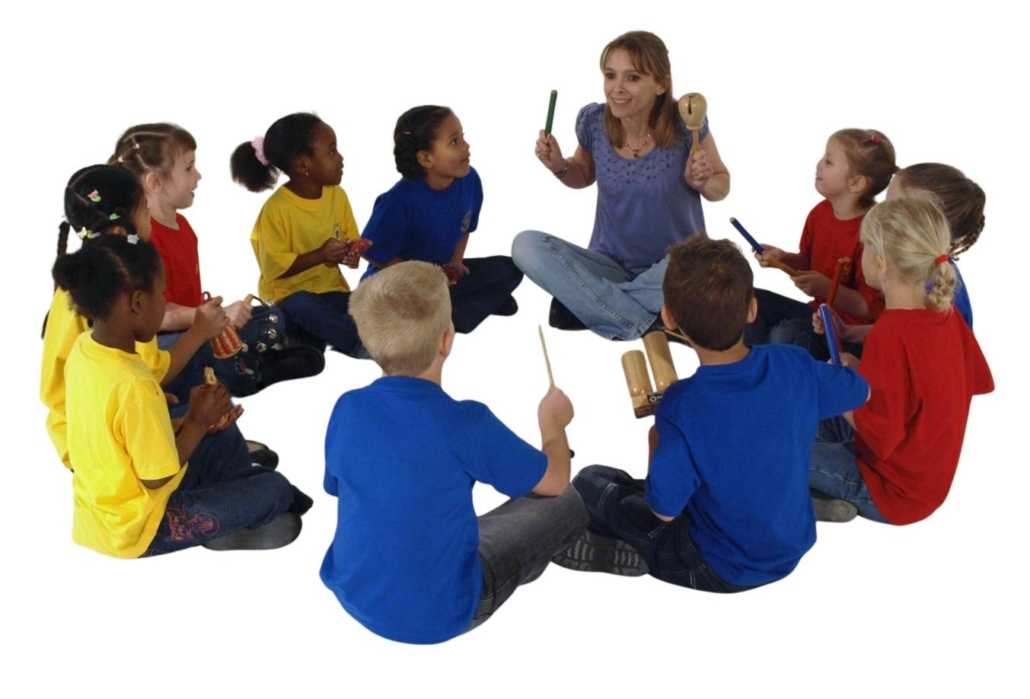Rhythm Games for Children: Changing Patterns
Rhythm Games for Children: Changing Patterns

Hello! Here’s a really simple but powerful game I love using in primary music lesson plans – a rhythm-based activity called Changing Patterns. It works brilliantly in EYFS music lessons, with KS1 music resources, and even as part of KS2 music lesson plans. It’s one of those classroom music activities that is easy to learn, fun to play, and can actually fill a whole lesson.
Why This Game Works
So much of music learning is about inner thinking—keeping a steady pulse in your head, anticipating what comes next, and developing confidence with rhythm. Changing Patterns is one of those active music games that supports this beautifully. It encourages children to keep counting silently while focusing on different physical or instrumental actions.
This is exactly the kind of playful learning that fits into a progressive music curriculum, whether you’re teaching in the UK with national curriculum music planning or working with a K–5 general music curriculum in the US.
How to Play Changing Patterns
Start by asking the children to tap their knees on the un-bolded numbers and clap on the bold numbers:
Tap 1 2 3 4 5 6 7 8
Tap 1 2 3 4 5 6 7 8
Tap 1 2 3 4 5 6 7 8
Tap 1 2 3 4 5 6 7 8
Tap 1 2 3 4 5 6 7 8
Tap 1 2 3 4 5 6 7 8
Tap 1 2 3 4 5 6 7 8
Tap 1 2 3 4 5 6 7 8
It sounds easy, but once the patterns start to change, it becomes a real challenge!
Here are some variations you can try:
- Think the non-bolded numbers and clap only the bold numbers.
- Tap knees on the non-bolded numbers, clap on the bold numbers.
- Clap your own hands on the non-bolded numbers, clap a partner’s hands on the bold numbers (a great circle time music game).
- Play one instrument on the non-bolded numbers, another on the bold numbers (ideal for classroom percussion activities).
- Swap roles—one group claps the non-bolded numbers while another group plays the bold numbers.
- Extension: Try reversing the pattern completely!
Why Teachers Love It 👩🏫
- It works as a music warm-up for the classroom or as a full lesson.
- It’s flexible: perfect for Year 1 music activities, Year 2 music planning, or junior music teaching resources in Years 3–6.
- It adapts easily across curricula: from the complete music scheme UK to elementary music lesson plans in the US, or even music programs for Foundation to Year 6 in Australia.
- It supports step-by-step music learning, helping children develop pulse, rhythm, and coordination.
Making it Child-Centred 🎶
The best part of Changing Patterns is that it gets children working independently, in pairs, or in groups. They love inventing their own versions and setting challenges for each other. It’s the perfect example of musical development through play—building essential skills while having fun.
And for teachers (especially non-specialists), it’s proof that you don’t need complicated resources. This is one of those easy music lessons for classroom teachers that requires no instruments, no specialist training, and no prep—just your voice, your hands, and a willingness to join in!
So next time you need a rhythm game for children, or you’re looking for fun classroom music activities to keep your class engaged, try Changing Patterns. It’s simple, flexible, and guaranteed to get everyone clapping, thinking, and smiling.



